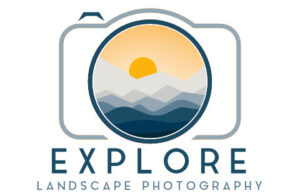You’ve arrived at a location, and while you can see the beauty of the place, a composition might not be obvious. So what can you do to see better compositions when you’re exploring a location?
How to Find Landscape Photo Compositions in the Field?
Finding compelling compositions relies on good observational skills:
- Discover subjects that create the main focus in an image.
- Identify other elements that catch your eye and tells more of the landscape’s story.
- Visualize how the scene will translate into a photo.
While observation is not necessarily a step-by-step process, thinking of the process as stages can help make it simpler to understand and easier to learn.
What is the Observation Process?
You can break the process of observation into three stages, Discovery, Identification, and Translation. Each step encourages you to see elements within the location while narrowing in on the best scene as you get closer to deciding on your composition.
So let’s dive into each of these stages and discuss what you can do to discover those enticing compositions that create wonderful and engaging landscape images that will impress.
RECOMMENDED: I talk about composition a lot in my trip videos when I’m out on location. So if you want to see an example in the field, check out these photography adventure videos.
The Discovery Stage of Observation
I enjoy this part of the process, especially if it’s my first time visiting a location.
How to Discovery a great composition?
If you are visiting a location for the first time, take a moment to explore the area and get to know its beauty and landscape features.
If you’re returning to an area you’ve previously been to before, you’ll already be familiar with it. It’s is one of the advantages of regularly visiting local shooting spots. So instead of familiarizing yourself with the location, look for subtle changes that have occurred since your last visit.
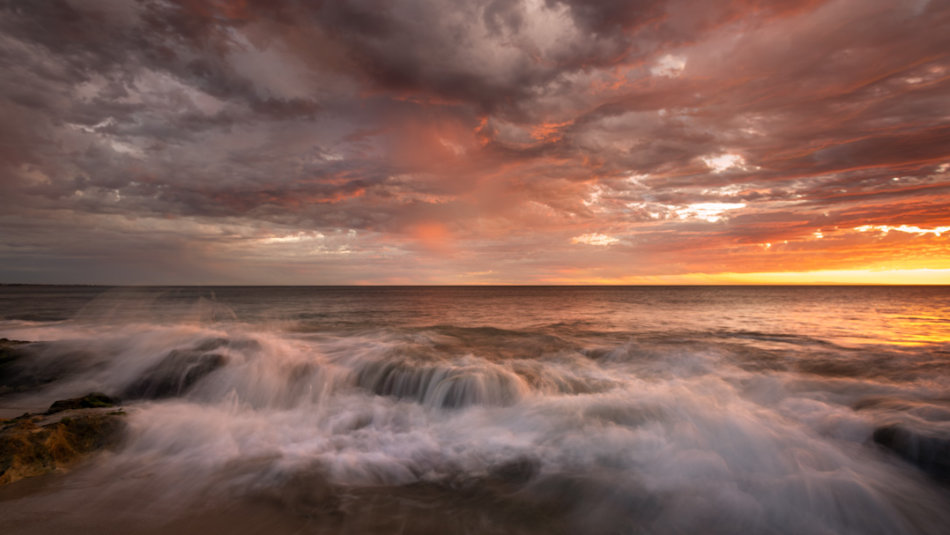
Discovery is not just about what you can see.
Be aware of how the location makes you feel and what contributes to that emotion in the environment.
The trick here is to separate the mood you pick up from the location from any other emotions you might be experiencing, say from work, family, or other aspects of your life.
The feeling of a location can be a significant part of your final image as it gives the viewer a sense of what it was like to be there. So looking for elements in a scene that portray that emotion will be helpful when you are working out what to include in your composition.
PRO TIP: Try to relax, ‘Be in the Moment’ and most of all enjoy the experience.
Don’t be in too much of a rush to move on to the next stage, which I know can be easier said than done.
Giving yourself time to enjoy exploring is excellent for your well-being and takes the immediate pressure off you to find a composition straight away.
The Identification Stage of Observation
Stage 2 of observation is Identification, where you begin to narrow down your focus.
How to Identify the Best Composition?
Thinking about your landscape image as capturing a story of the landscape is a great way to approach your landscape photography.
Some people struggle a little with the idea of capturing a story, but it’s important not to overthink it.
How do you find the story of the landscape?
If you were to describe the beauty you witnessed while you stood in a location:
- What things would you explain?
- What elements would you include, and
- What is it about those elements that make them so interesting or attract your attention?
Whatever you would want to include in your description potentially could become part of the story you’re going to capture through your image.
As you’re observing the environment, make a mental note of what grabs your attention.
What subjects and elements get you excited about the location?
Is it a tree, a rock, the sand at the beach, or a river through the forest?
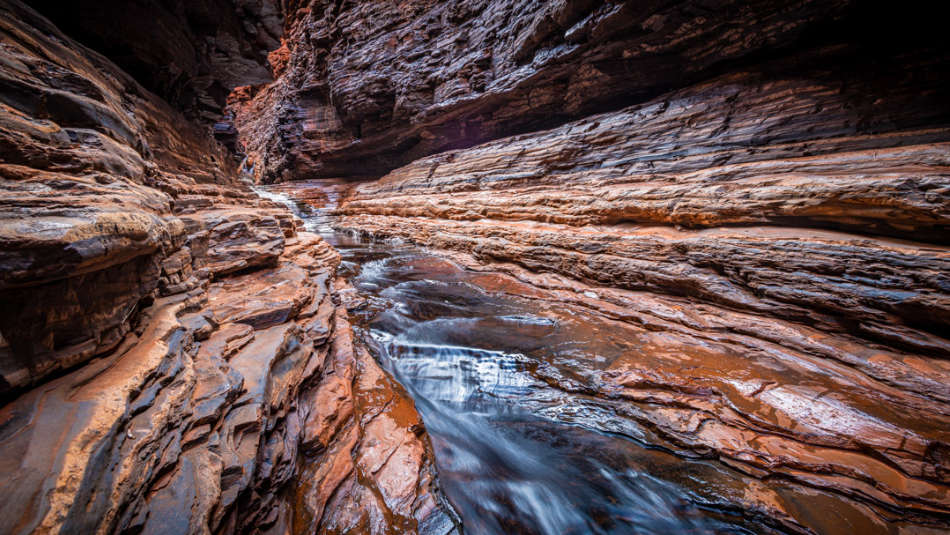
At this stage of the Observation process, identify what it is about these elements that excite you?
- It could be the shape of the tree,
- The color of the rocks,
- The texture of the sand, or
- Patterns created by the water is it runs down the river
These elements help tell the story of the landscape, and you may decide to feature some of them in the final image.
The Translation Stage of Observation
The 3rd and final stage of Observation is Translation, probably the most challenging part for many photographers.
How to Translate and Visualise a landscape composition?
The Translation process is when you see a subject or element in the field, and you have a good idea of what it will look like in an image. You also know how to photograph features to make them engaging to the viewer in a photo.
Part of this skill is to visualize how subjects in the physical 3-dimensional world translate into a 2-dimensional image.
This skill requires you to train your eye and, more specifically, your brain to view things as a photographer instead of how an everyday person might see things.
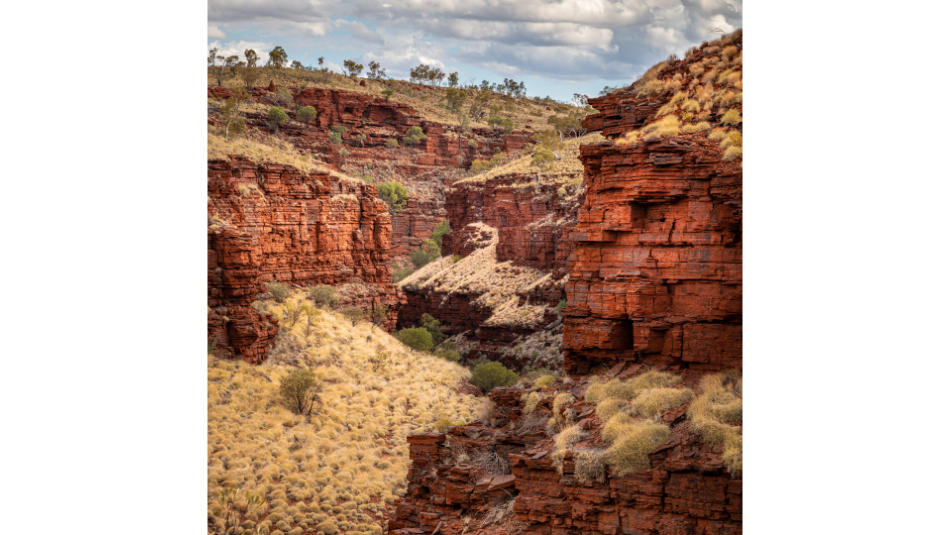
As you develop this skill, you better understand how you can photograph features of elements, so their character is enhanced or position a subject in a scene, so it’s pleasing to view.
This stage feeds into what your final composition might be.
The better you are at translating what you observe, the better you’ll be at seeing compositions.
How to Improve your Translation and Observation Skills?
Practice and gaining experience shooting in different locations will help develop your ability to translate what you see into a potential image.
It’s also helpful to understand how the lens, the focal length, and the camera’s position will impact how a 3-dimensional scene will translate into a photo.
Knowing effective ways to photograph elements to elevate an image’s impact will be a significant advantage when observing these elements out in the field.
There’s nothing wrong with learning from how other photographers capture certain subjects.
One of the more challenging parts of observation is developing an eye for what could make a good image. Also, to have a sense of what scenes will look like through the viewfinder.
The best way to train your eye in this way is to carry your camera around in your hand as you explore the environment.
When you see an element or scene, hold the camera up to your eye to see how the scene will translate into an image.
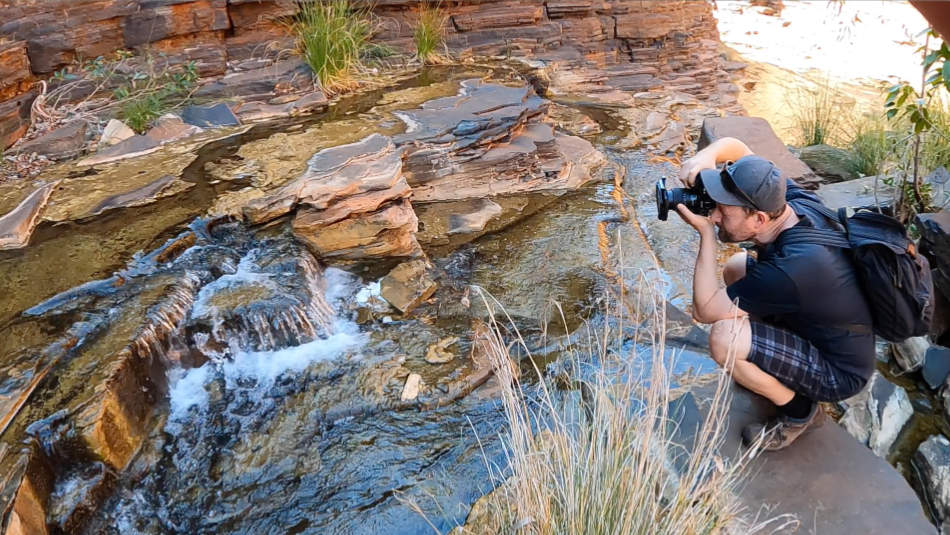
I don’t suggest using your mobile, because what you want to do is train your eye to see the scene as the camera would with the lens and focal length you’re going to use and that’s different from the camera on your mobile phone.
This technique will not only help you develop the ability to translate what you can see into a potential photo, but you get:
- Ann idea of the framing,
- The depth you can achieve within the image,
- What elements work well together, and
- The relationships between elements in a scene as you get closer to determining your composition.
You’ll notice that you’ll start picking up what a scene will look like as a photo and what you can do to improve the composition and the final image with just a little practice.
Putting it all together
Take this example of a seascape. I knew I wanted to capture the textures in the rocks and the color of the moss. It was an interesting part of the landscape that caught my eye.
To enhance these elements and show the detail and colors, I knew it was better to have the camera close to the rocks, to almost be on top of them. So that helps me decide where I need to have the camera.
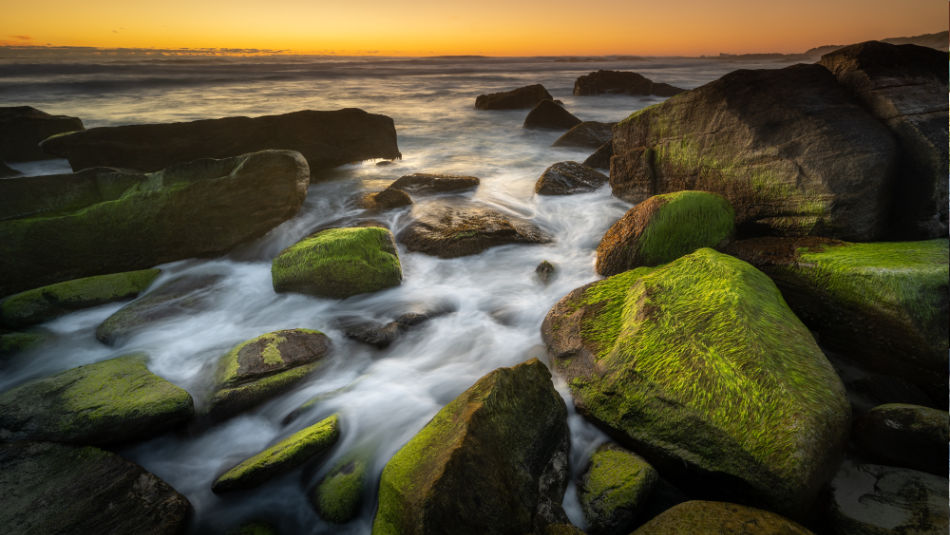
The rest of the image would include other parts of the beach and ocean, so to capture all that along with the rocks, I knew I needed to use a wide-angle at least 20mm or wider on the full-frame Nikon Z 7 camera I was using.
These are decisions I make before I work out my final composition. What I observe in the field and how I translate that into an image determines how I eventually compose the scene.
Observation in landscape photography helps you determine what elements catch your eye, what is it about those elements, and how they will work together in an image. Then, you can work out your composition.
While there’s an apparent sequence to these stages, don’t feel like you have to dedicate a specific amount of time to each step. Instead, they naturally merge into each other to become the Process of Observation.
Photographers that have had plenty of practice go through these stages seamlessly, without even realizing it.
Hopefully, breaking it down like this is straightforward to understand and simpler for you to identify a part of the observation process you want to improve.
If you find yourself struggling to discover a composition you’re happy with, look back on these stages and identify a part of the process that may need more of your time.
As with any skill, the more you practice, the better you’ll get at it.
If you work on your observation skills, you’ll find compelling compositions and take better landscape photos as a result before long.
How Can I Improve my Composition Skills?
A basic understanding of compositional rules and techniques is fundamental. Furthermore, knowing how composition impacts an image and its role in telling a story is helpful. Look at how other photographers use composition and, finally, practice, practice, practice.
RECOMMENDED: Developing your composition skills is crucial for improving the landscape photo you capture. Check out this article, where I take you through simple steps and suggestions to improve your composition skills.
QUICK RECAP
To find great landscape compositions:
- Spend some time exploring and Discover what a location has to offer.
- Identify a compelling story and the elements in the scene that tell that story, and
- Know how subjects and their interactions will translate through an image you capture with a camera.
